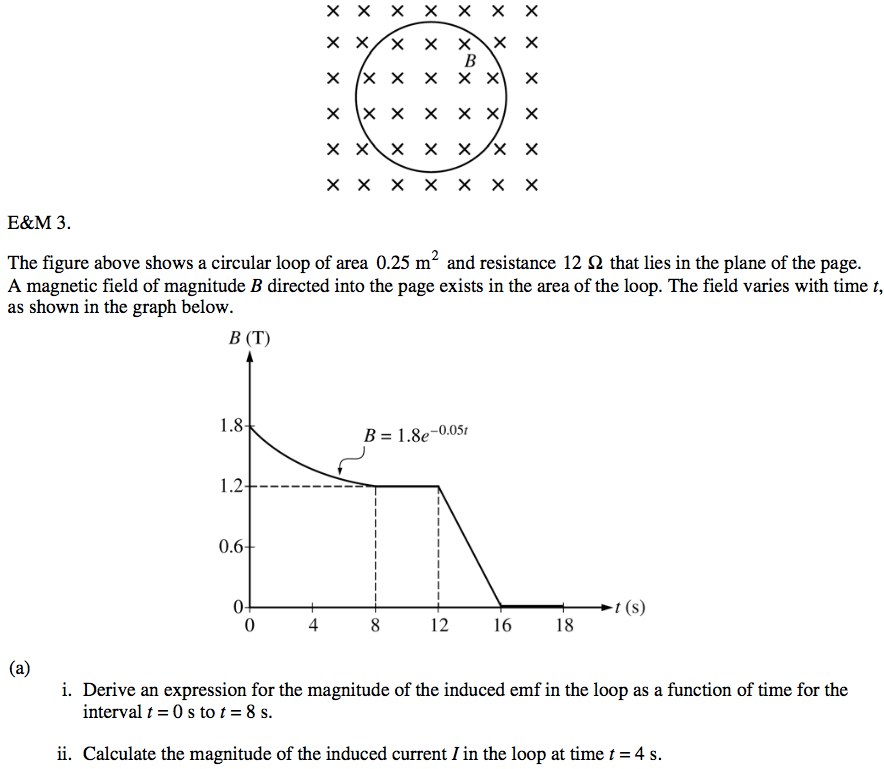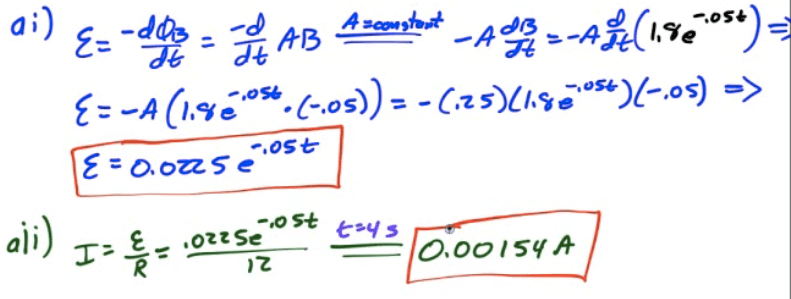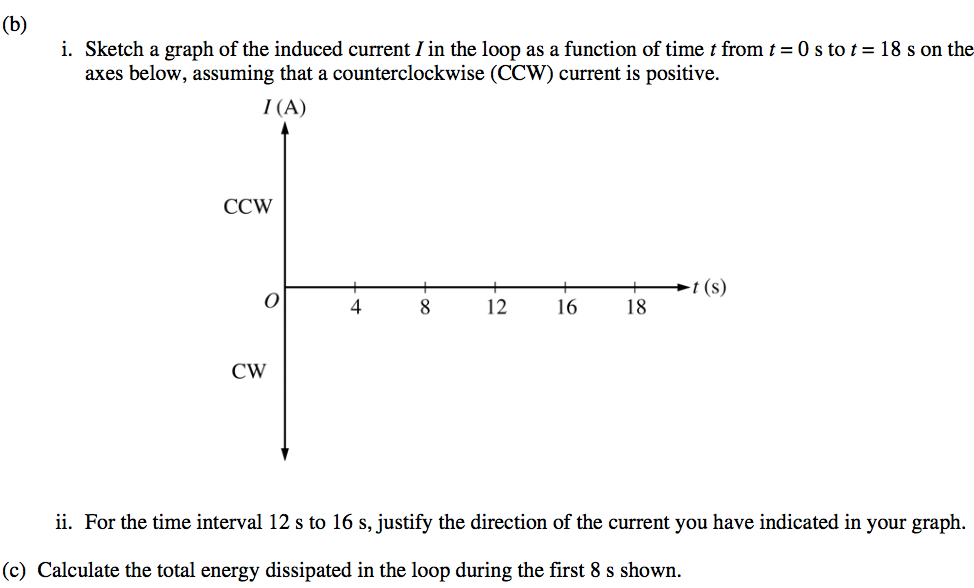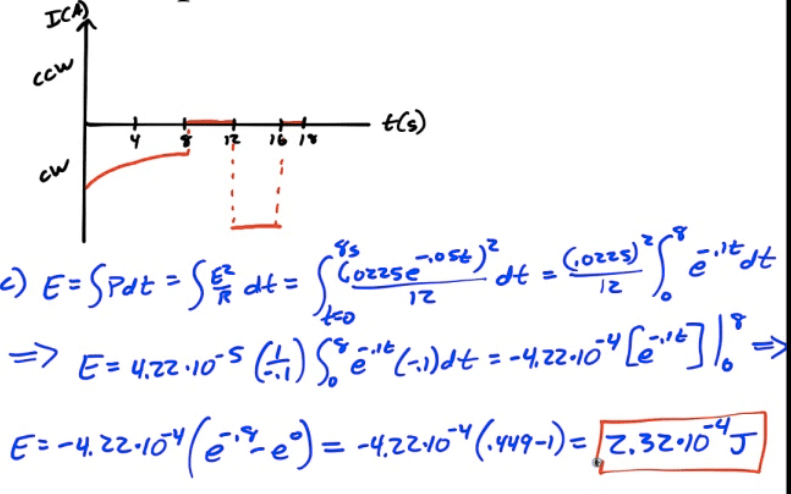Faraday's Law
The induced emf due to a changing magnetic field is equal in magnitude to the rate of change of the magnetic flux through a surface bounded by the circuit
The direction of the induced current is given by Lenz's Law

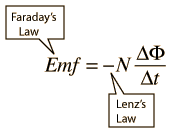
Lenz's Law
The current induced by a changing magnetic flux creates a magnetic field opposing the change in flux
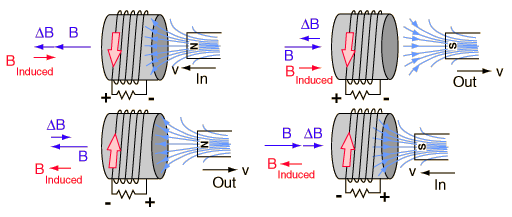
Maxwell's Equations
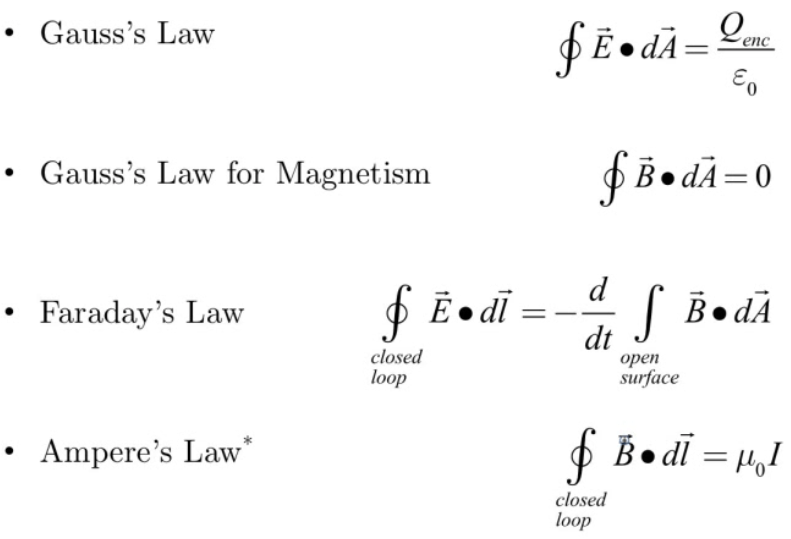
Example 1: Induced Current in a Loop
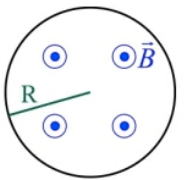
Find the generated emf as a function of time
Determine the current through the 100-ohm lamp as a function of time
What is the direction of the current through the loop at time t=5s?

Clockwise, due to Lenz's Law
Example 2: Rod on Rails
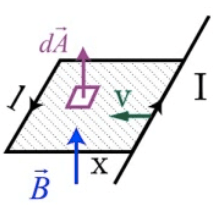
Consider a circuit in which a current-carrying rod on rails is moved to the left with constant velocity v. If the circuit is perpendicular to a constant magnetic field, determine the induced emf in the circuit

2012 Free Response Question 3

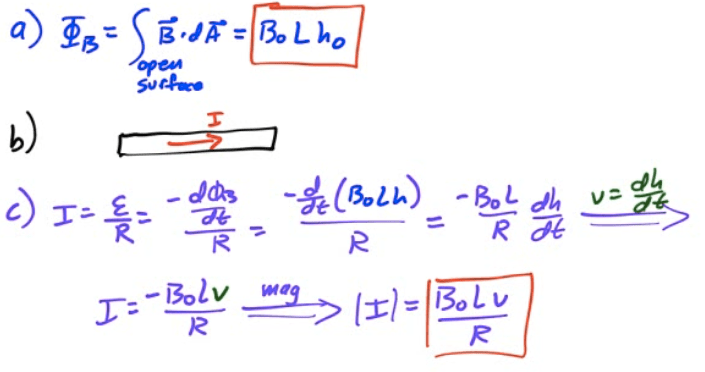

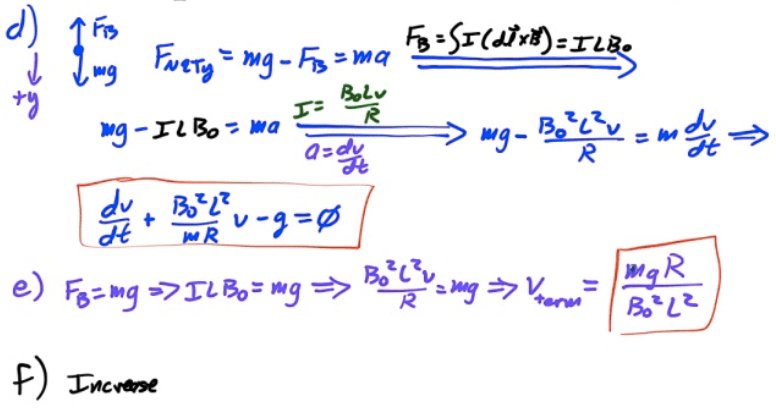
2010 Free Response Question 3
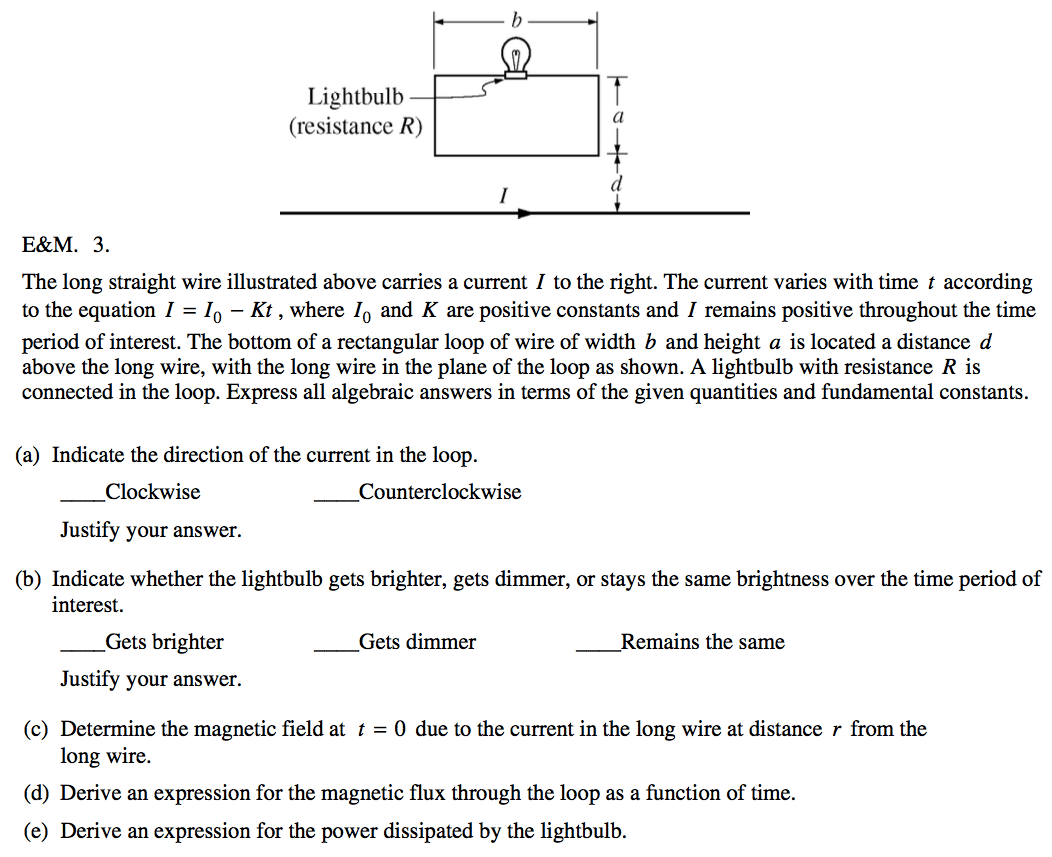
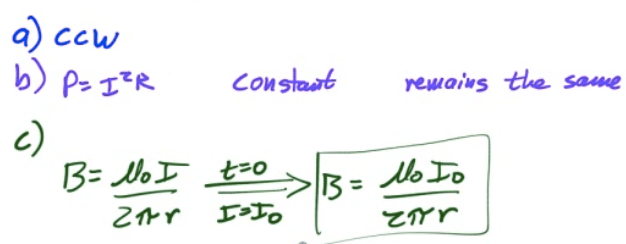
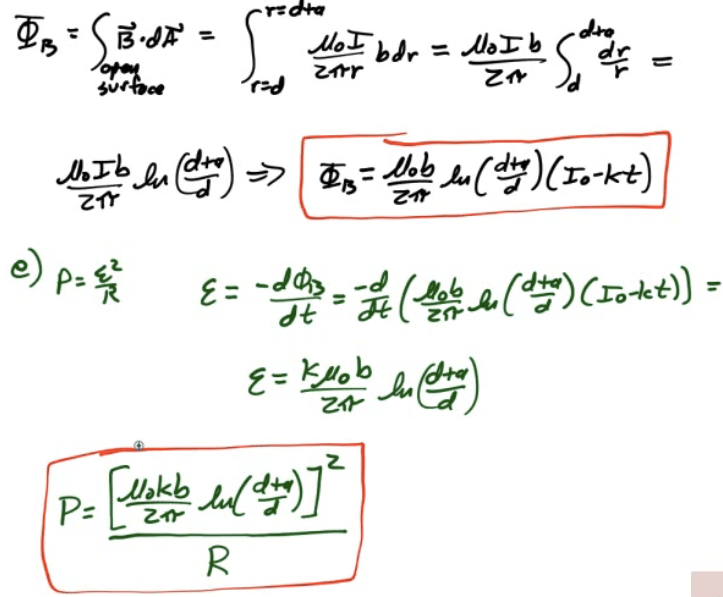
2009 Free Response Question 3
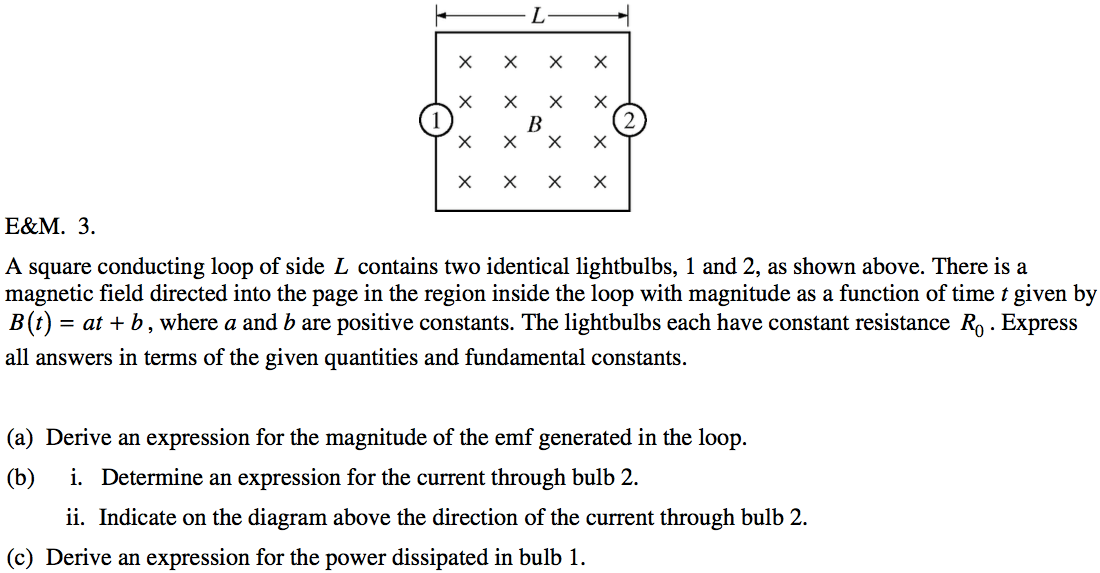
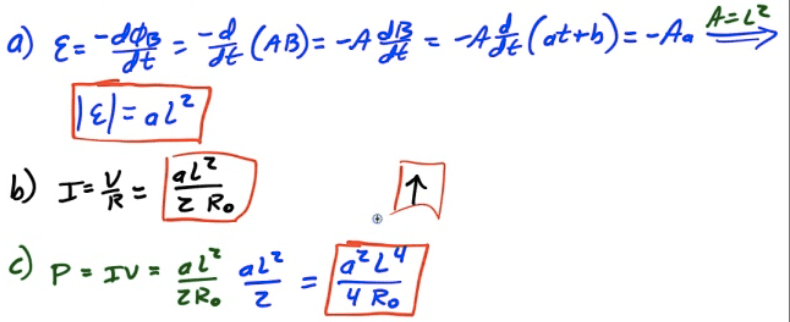
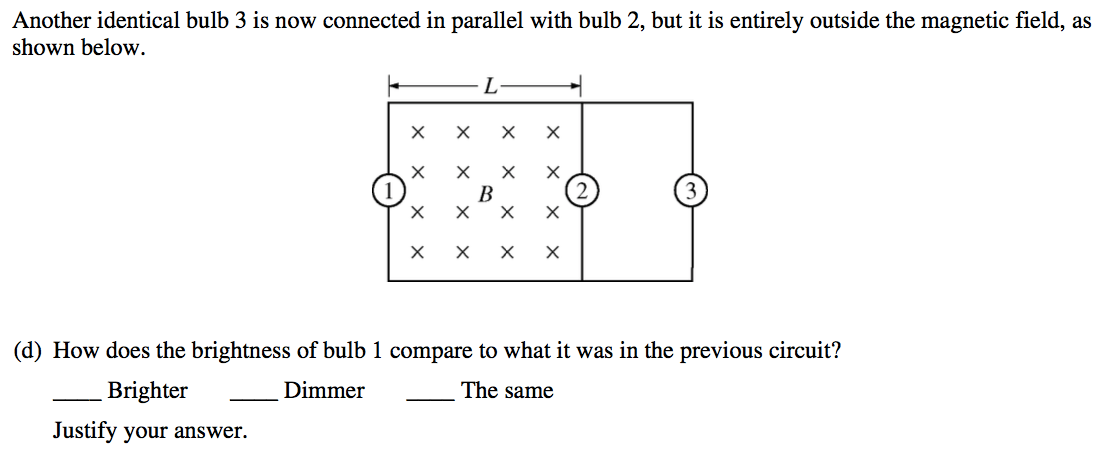
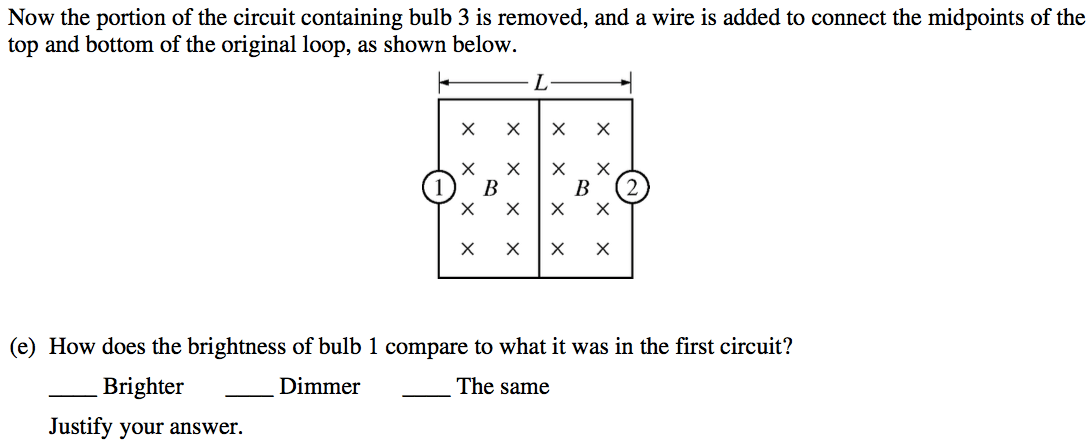

2008 Free Response Question 3
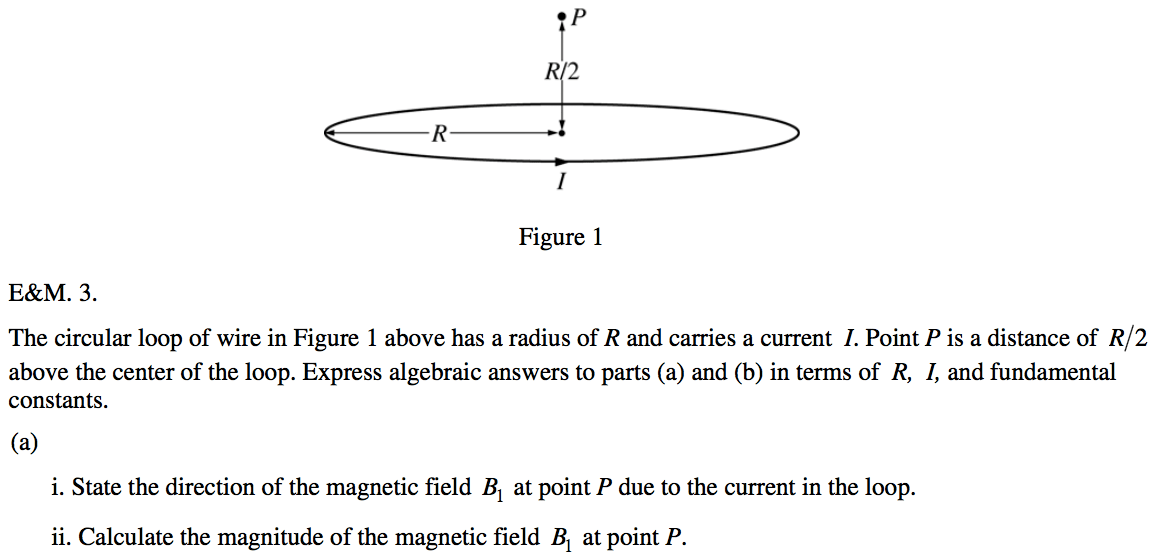
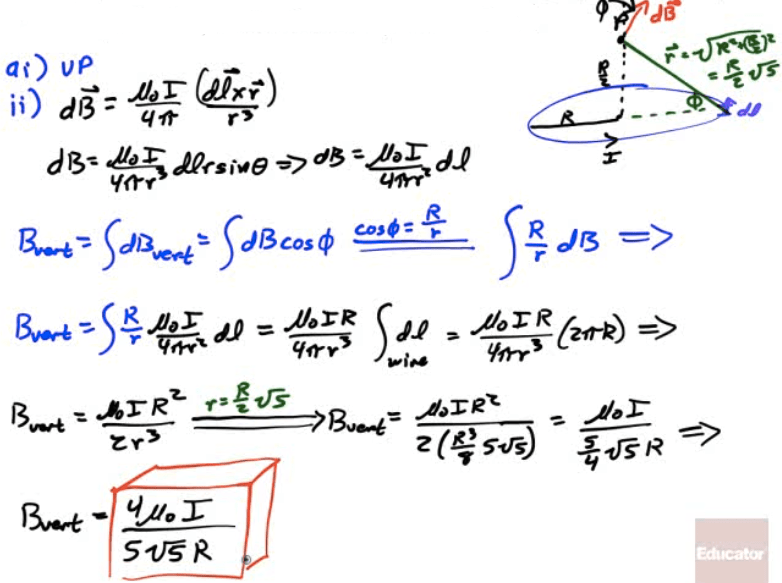
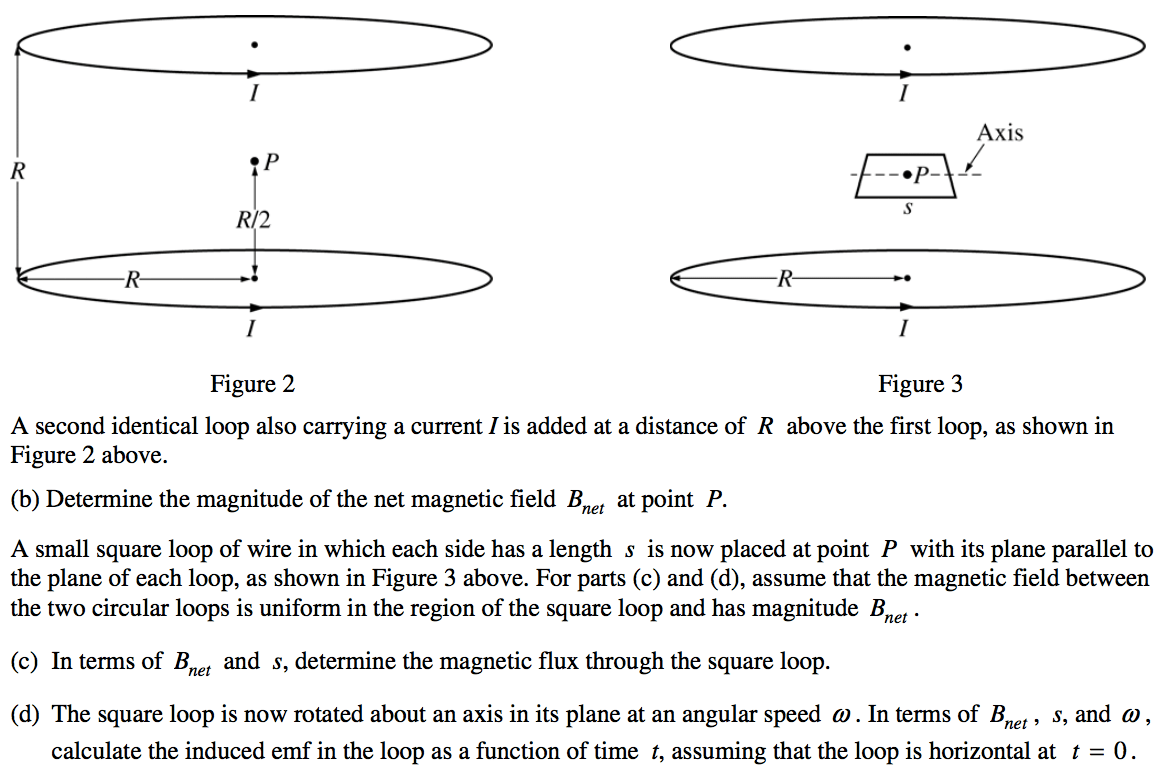
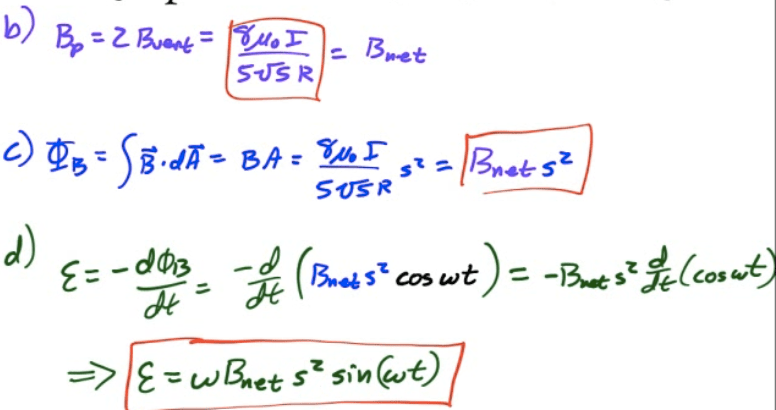
2007 Free Response Question 3
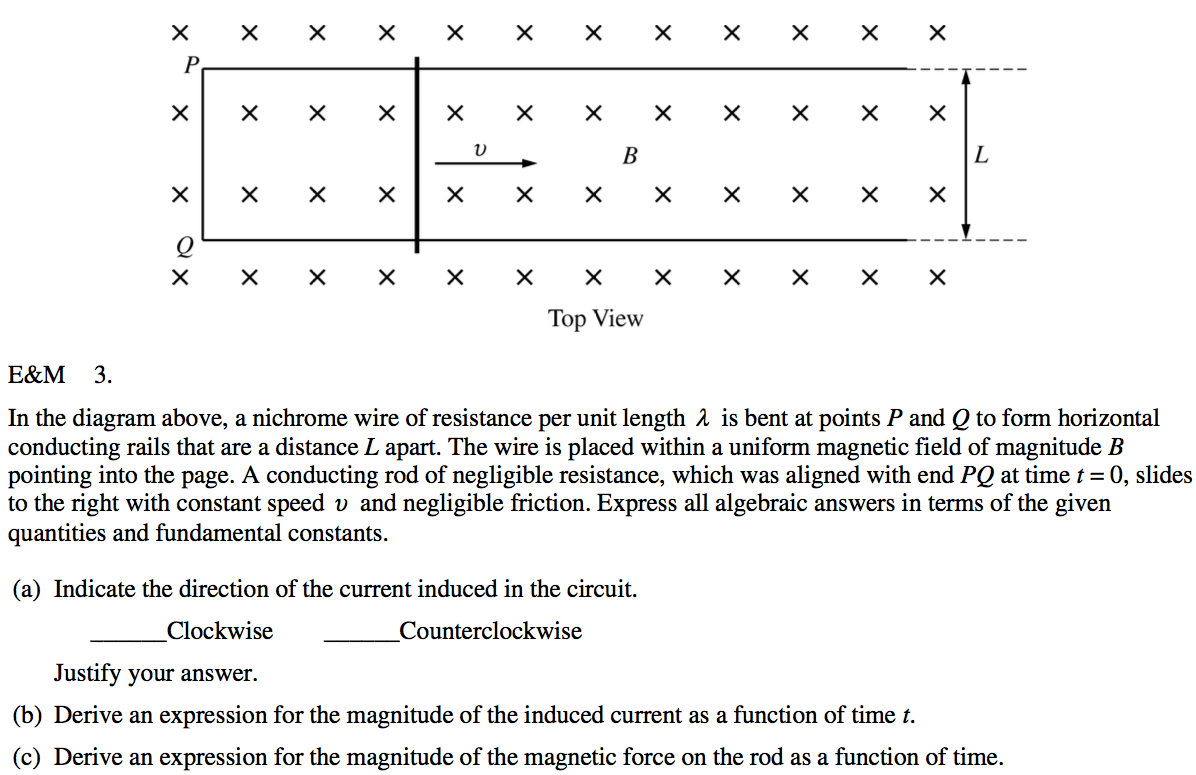
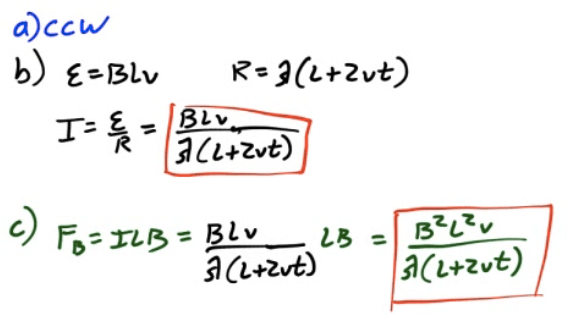
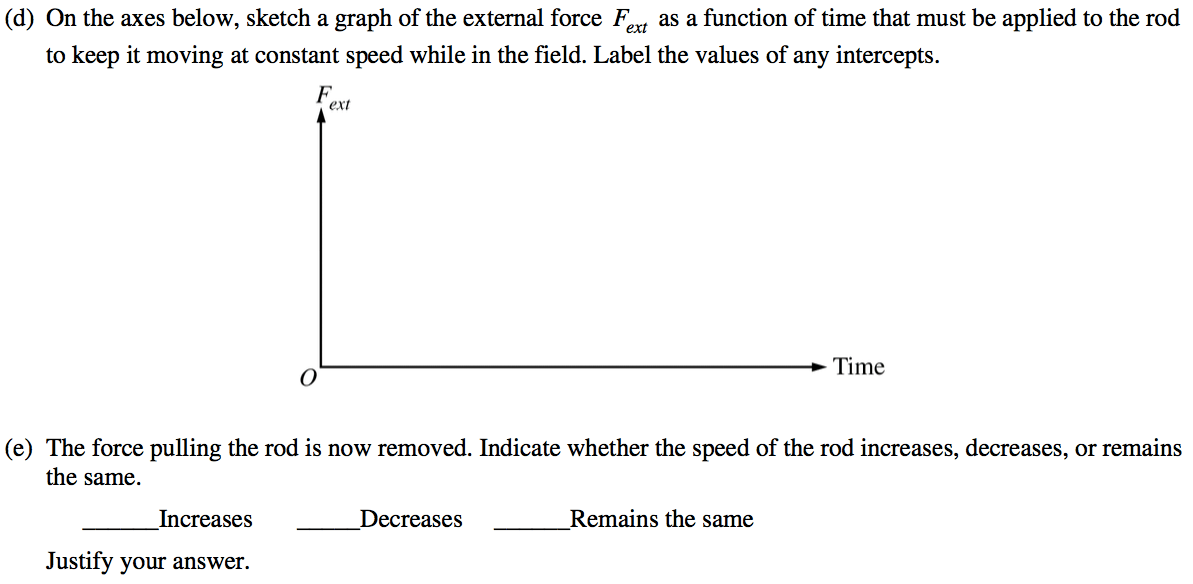
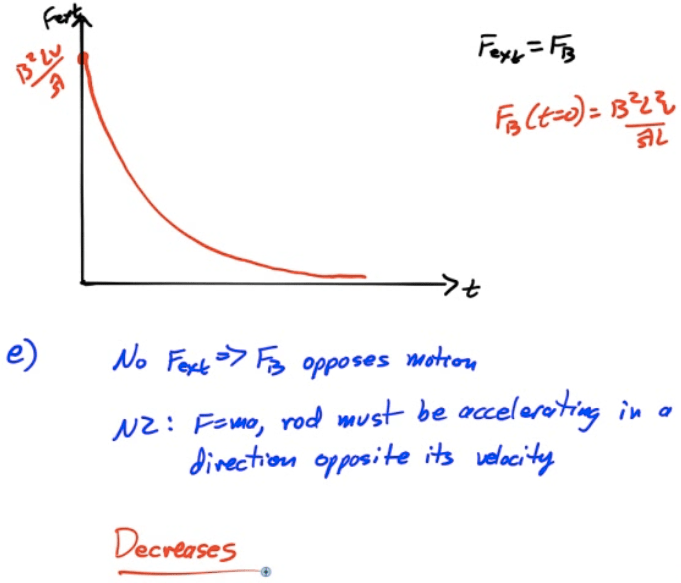
2006 Free Response Question 3
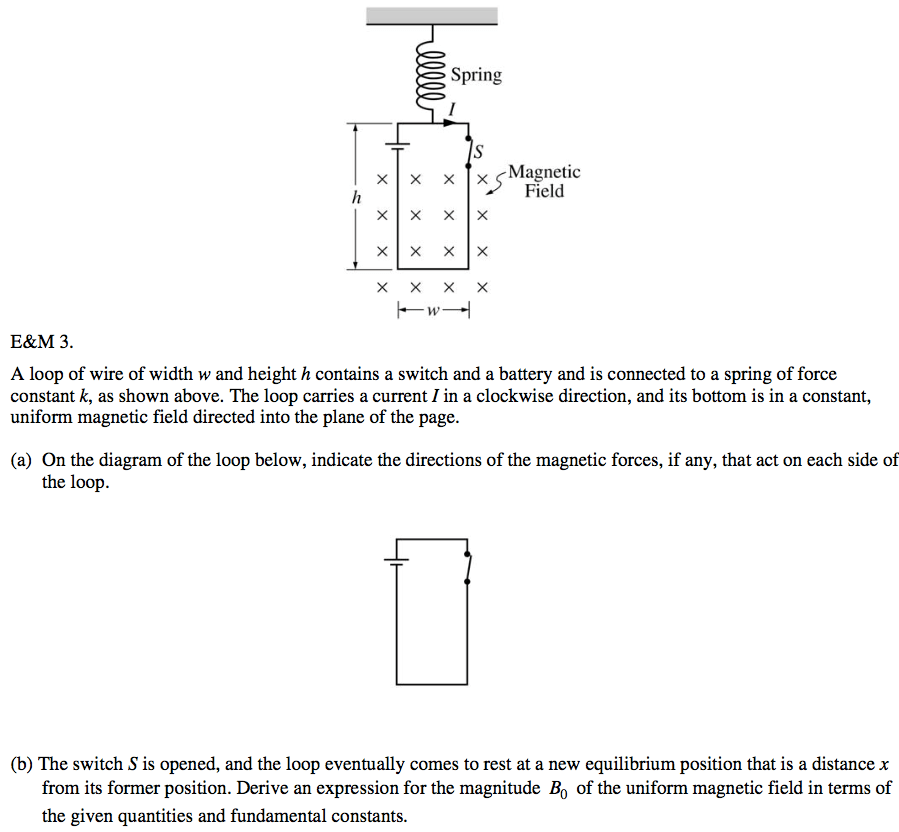
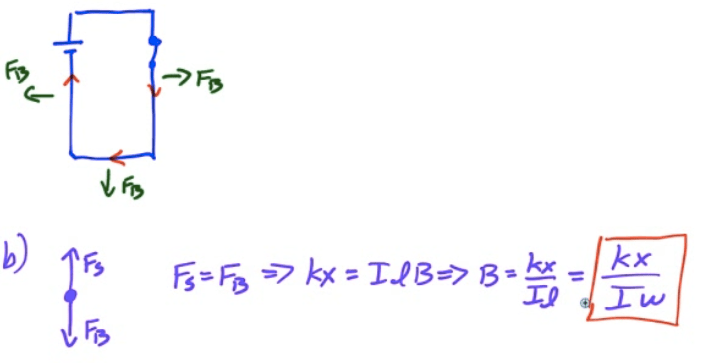
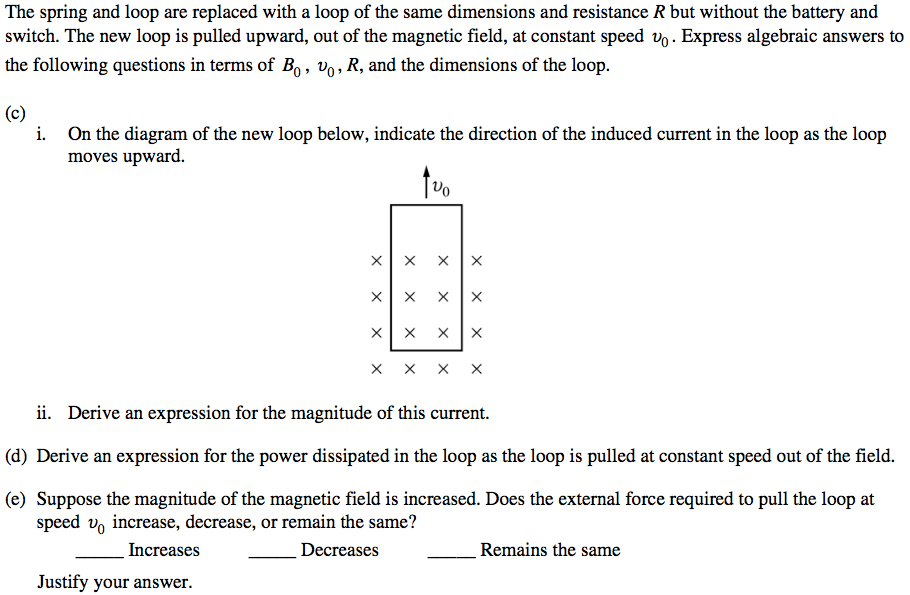
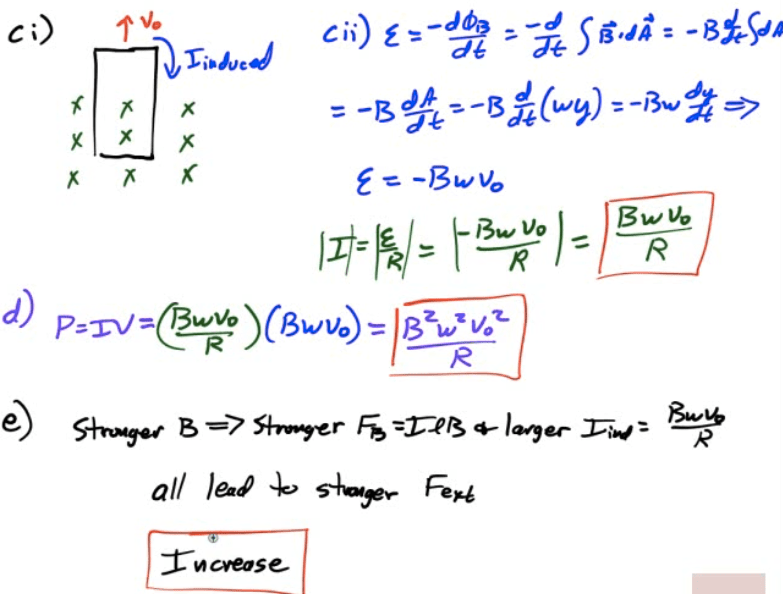
2013 Free Response Question 3
